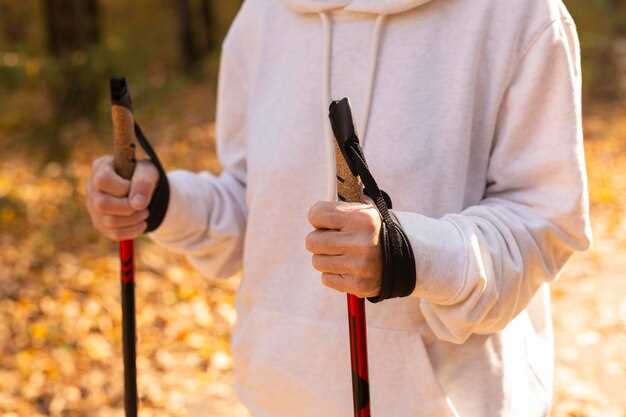
How to choose the perfect hunting bow

Choosing the right hunting bow is a critical decision that can greatly impact your success in the field. With various types of bows available, including compound, recurve, and crossbows, it’s essential to understand the features that best suit your hunting style. In this guide, we’ll provide valuable tips to help you make an informed choice.
First and foremost, consider your experience level and the type of game you plan to hunt. Beginners may find a compound bow more forgiving, while seasoned hunters often prefer the simplicity and traditional feel of a recurve bow. Understanding your needs is the first step to ensuring your performance aligns with your hunting goals.
Another crucial aspect is the bow’s draw weight, which affects your shooting accuracy and power. A heavier draw weight can lead to increased arrow speed and penetration, but it also requires more strength and technique. Balancing comfort with performance is essential, so ensure you test different bows to find what feels right for you.
Finally, don’t overlook the importance of accessories and customization options. From sights to stabilizers, the right accessories can enhance your shooting experience and accuracy. By following these tips and thoroughly researching your options, you can find the perfect bow that not only meets your needs but also enhances your enjoyment of hunting.
Understanding Bow Types: Compound, Recurve, and Traditional

When it comes to hunting and archery, selecting the right type of bow is essential for both performance and personal preference. The three most common types of bows are compound, recurve, and traditional bows. Each type has its own unique characteristics that make it suitable for different styles of shooting and hunting scenarios.
Compound Bows are engineered for precision and power. They utilize a system of pulleys and cams that allow archers to hold their draw with less effort, making them particularly advantageous for hunting. The mechanical design enhances accuracy and speed, enabling hunters to shoot arrows at high velocities. Additionally, compound bows are highly adjustable, allowing users to modify the draw weight and length according to their needs.
Recurve Bows have limbs that curve away from the archer when unstrung, offering a unique energy storage capability. This design helps to increase arrow speed and provides a smoother release. Recurve bows are popular among traditional archers, as they are both lightweight and versatile. They’re also required in Olympic archery competitions, highlighting their reliability and performance. Recurve bows can be an excellent choice for hunters seeking a balance between traditional craftsmanship and modern performance.
Traditional Bows, often referred to as longbows or self bows, are the simplest form of bow. Made from a single piece of wood or material, traditional bows emphasize the connection between the archer and the equipment. While they require a higher skill level due to their lack of technological aids, many archers appreciate the simplicity and challenge they present. Traditional bows offer a unique hunting experience, fostering a deeper bond with nature.
Choosing the right bow ultimately depends on your personal preferences, skill level, and intended use. Understanding these three main types–compound, recurve, and traditional–will help you make an informed decision that enhances your hunting and archery experiences.
Selecting the Right Draw Weight for Your Strength and Experience

Choosing the right draw weight for your bow is essential for effective and enjoyable archery. The draw weight refers to the amount of force required to pull the bowstring back to the anchor point. Finding a suitable draw weight depends on your physical strength, prior experience, and intended use, whether for target shooting or hunting.
For beginners or those with less upper body strength, a lower draw weight of 20-30 pounds is advisable. This range allows for comfortable shooting practice without risking strain or injury. As you build strength and improve your technique, you can gradually increase the draw weight. Aim to maintain consistent form and accuracy as a priority over higher pounds.
Experienced archers often choose higher draw weights, typically ranging from 40 to 70 pounds, as they have developed the necessary strength and technique. However, it’s crucial to ensure that the selected weight still feels manageable, as overexertion can lead to fatigue and poor shooting performance.
Consider your purpose as well. If you intend to hunt larger game, a higher draw weight is necessary to ensure sufficient arrow penetration. For target archery or smaller game, a lower draw weight can still be effective while allowing for extended shooting sessions without fatigue.
As a tip, when testing bows, always check the draw weight and experiment with different weights before making a final decision. Your bow should feel comfortable when fully drawn, allowing for a smooth transition from draw to release. In summary, selecting the appropriate draw weight is a balance between your physical capabilities and your archery goals, leading to a more enjoyable and effective experience. Always prioritize comfort and accuracy to enhance your archery journey.
Tips for Proper Bow Maintenance and Care to Ensure Longevity
Proper maintenance of your hunting bow is essential for performance and longevity. Regular care ensures that your equipment remains in optimal condition, allowing you to enjoy archery safely and effectively. Here are some invaluable tips to help you maintain your bow.
First, regularly inspect the bow for any signs of wear or damage. Check the limbs, strings, and cables for fraying, cracks, or any irregularities. Addressing issues promptly can prevent further damage and enhance safety during use.
Keep the bow strings well-maintained. Wax the strings regularly using a quality string wax to prevent moisture absorption and extend their lifespan. This practice reduces friction and helps maintain proper tension, ultimately improving shooting accuracy.
Store your bow in a protective case when not in use. This protects it from environmental factors such as humidity and temperature changes that can lead to damage. Ensure that the bow is kept in a cool, dry place away from direct sunlight.
When transporting your bow, use a sturdy case to prevent accidental impacts that can affect its structural integrity. A well-fitted case provides cushioning against shocks and unexpected drops.
Regularly check and tighten all bolts and screws. Loose components can affect the bow’s performance and could potentially lead to injury. Make it a habit to assess these connections every few uses.
Cable care is equally important. If using a compound bow, ensure the cables are properly aligned and adjust any misalignment promptly. Misaligned cables can affect the bow’s efficiency and shooting precision.
Lastly, consider professional servicing at least once a year. A trained technician can provide a thorough check-up, make necessary adjustments, and replace worn parts, ensuring your bow remains in top condition for hunting and archery activities.




